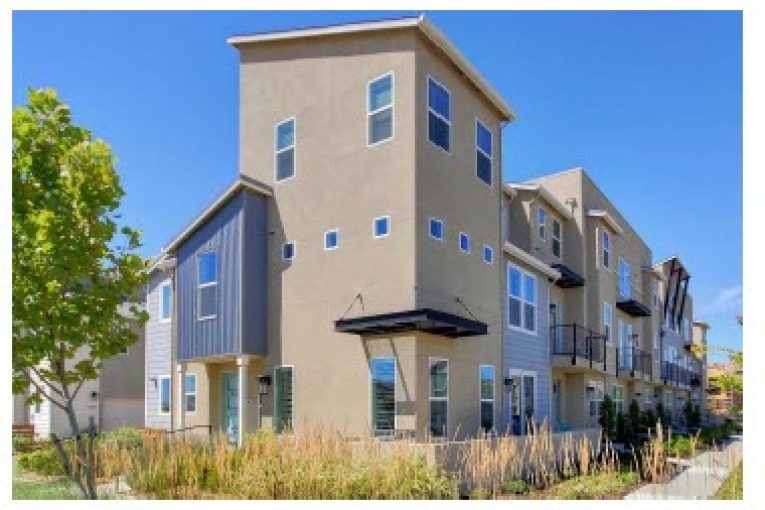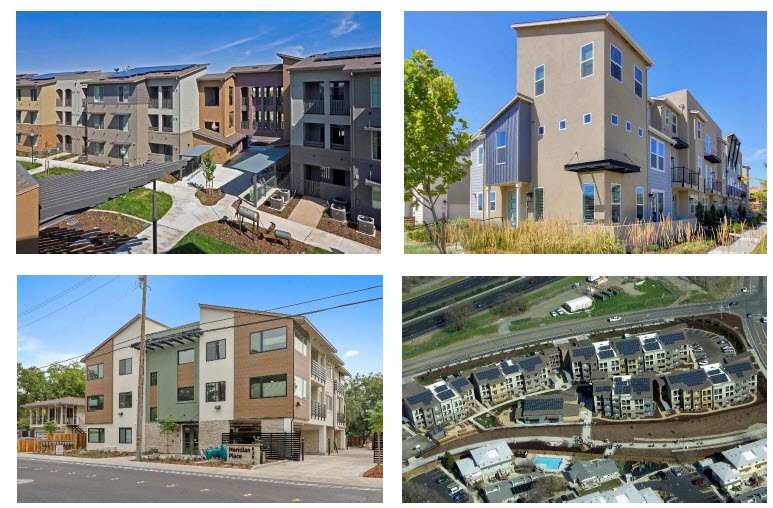

By David M. Greenwald
Executive Editor
Davis, CA – A records request of the city did not shed a huge amount of light on the HCD rejection of the city’s latest version of their Housing Element—but it did clarify at least one curiosity.
According to the city’s email records, Sherri Metzker, the city’s Community Development Director, received the letter from HCD informing the city about the rejection on Monday, April 3, at 11 am but did not forward the letter to council until two days later, at noon.
The city manager, Mike Webb, did not clarify this timeline other than to say this was consistent with his original account.
In the email to council, Metzker noted, “While the letter clearly states that our housing element remains out of compliance, I would like to point out that as far as HCD is concerned, an element is either in or out of compliance. There is no in between.”
However, she characterized the latter as more of a “conditional approval.”
“Generally speaking, the revisions that were included in Version 2 were accepted by  HCD,” she said.
HCD,” she said.
She adds, “There are really only two comments that need to be addressed before HCD can certify the document. One has to do with the Nishi project and their desire for the city to add language to the DA to help convince them the project is not restricted to students only (it isn’t) – we expect this to be a simple step to achieve.
“The other involves the rezone of various sites throughout the city to provide opportunities for affordable housing (as identified in the element itself).”
Metzker concludes, “I am not surprised by the content of this letter as I knew that the city has not completed the rezone process. Therefore, HCD is unable to certify the element without the rezones.”
This definitely paints a positive spin on the entire process. As we learned this week, the rejection by HCD is enough to trigger the Builder’s Remedy and that may limit the city’s ability to control projects that come forward until the city is in compliance.
Metzker also glosses over the fact that it is the rejection of University Commons as a mixed-use project that plays a precise role in the rejection by HCD.
In the letter, HCD wrote, “In accordance with public comment received by HCD, it appears University Commons, a project set to develop 264 units of mixed-income housing will no longer have a residential component.”
They add, “The absence of residential units from this project would require the City to identify additional sites to accommodate a revised shortfall of 485 units of lower-income housing and 227 units of above-moderate housing. The element must be revised to address this shortfall.”
I have been troubled by the fact that the city had received the letter prior to Tuesday’s meeting but failed to share the letter with the council before Wednesday after the meeting. With this email chain, we now know that the city had the letter on Monday, held a public meeting on Tuesday, but did not disseminate the letter until Wednesday.
Further, I think that city staff is overly optimistic about the chances of gaining compliance.
Last week, I asked the city manager whether the city could find the 264 units of mixed-income housing to be zoned in the city—and he expressed confidence that they could, but he could not elaborate at that time where and how that would occur.
In a way, the city is fortunate here because they are also relying on around 1000 units in the downtown to meet their housing obligations. While about one-quarter of that could be accomplished with the redevelopment of the Hibbert Lumber site, it is not clear when or how they can get another 750 units—let alone in the next five years.
The city is already pessimistic, as Mayor Will Arnold most recently expressed about being able to meet the next RHNA cycle without peripheral housing, but I think realistically they won’t be able to make this cycle without it as well.
Furthermore, as noted to the Vanguard, the city cannot count peripheral housing for the purposes of RHNA without rezoning the land—which itself requires a Measure J vote.
City Manager Mike Webb did inform the Vanguard that the city will have an agenda item on the next council meeting on April 18, with a Housing Element Update including an overview of the letter from HCD.
Last night, the council held a closed session special meeting where the only item was significant exposure to litigation pursuant to Government Code section 54956.9(b).
They note a communication from Taylor & Wiley which has been representing Dave Taormino, who has the Palomino Project that he had been hoping to get on the ballot for November 2024—but was among those postponed by council’s action last Tuesday.
Mike Webb told the Vanguard that no reportable action was taken. A representative from Taylor & Wiley did not respond to a text from the Vanguard on Tuesday evening.


Wasn’t there a discussion on here a few days ago on why it’s hard for the city to find and keep city staff? Wasn’t one of the issues something about how they were treated?
I’m kind of lost on the direction of this article. The title says that Staff didn’t inform the Council of the letter from the HCD until 2 days later; after a council meeting.
But there’s not much follow up on that. Does the council believe that when they received the letter is an issue? Would having the letter have changed anything the council decided at their meeting? Even though the council didn’t formally have the letter, were they aware of it? The article seems to imply that maybe the staff is overly optimistic about the estimates of projected plans residential units and that maybe they thought informing the council immediately was no big deal? The housing element is on the next agenda…so maybe the council doesn’t believe it’s a big deal?
I still say they work with developers and the county. The property is rezoned in the county with services agreements with the city. The city then annexes the now non-agricultural property (no Measure J) into the city. I wonder if entitled property in the sphere of influence would towards the RHNA numbers?
The answer to all of these valid questions (from David’s perspective) is that the council would have put a 400-acre Covell Village proposal on the 2024 ballot, had they known (and still may do so – David hopes). Almost the same development that David claims he previously worked-against, back when he cared about environmental issues. (I know, I know – that was a long, long time ago, in a galaxy far, far away.)
Never mind that a 2024 vote is past the housing element deadline, other proposals were previously-submitted (and are willing to wait), and that even if it’s on the ballot (in order to “meet” the state’s dictatorial mandates), it will cause Measure J to be invalidated – if the sprawling proposal isn’t approved. Assuming it even addressed the state’s mandates in the first place – which it doesn’t.
Other than that, there is no “problem” or reason for this article.
I dunno, did the school district’s enrollment numbers drop by another student, today? Maybe THAT’s the “problem”, according to those who believe an oversized school district should be driving city planning (and pursuit of sprawl).
We don’t and can’t know the answer to your question about relevance because the staff failed to present the letter, which explicitly called out the change in University Mall, to the Council. As citizens we should be concerned about the Council not having a complete picture for a decision.